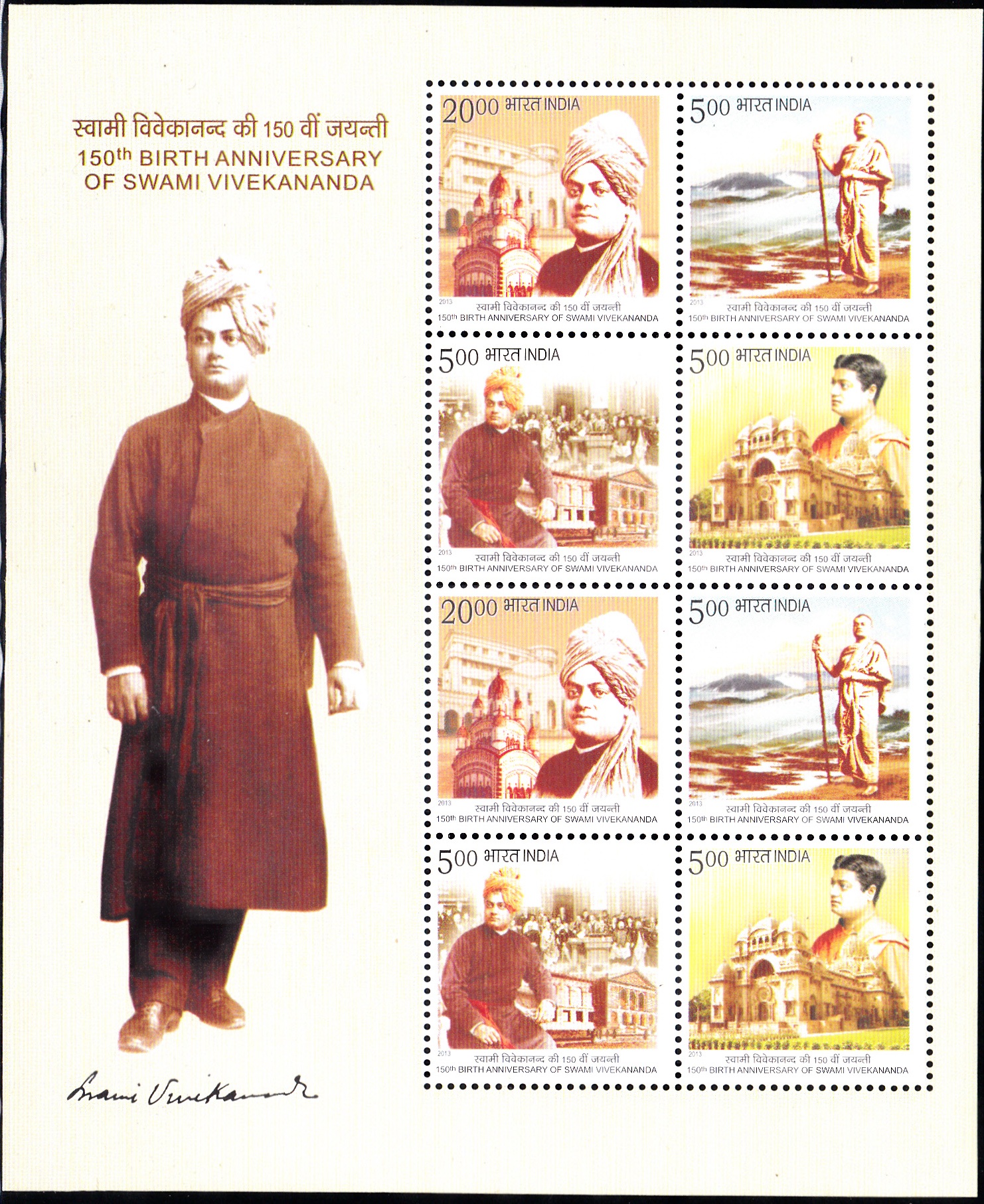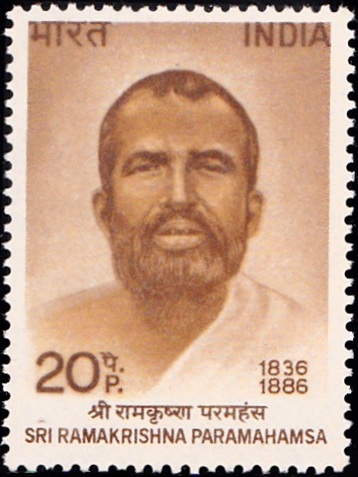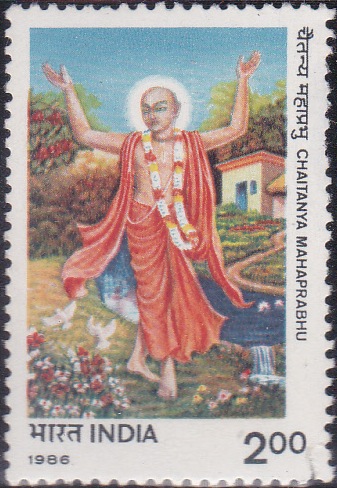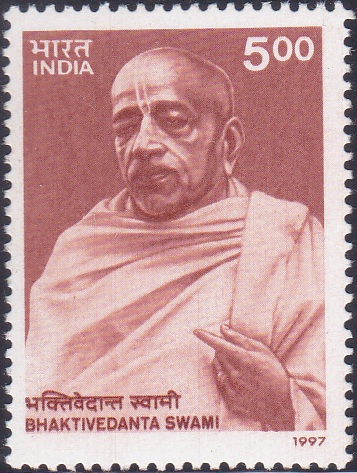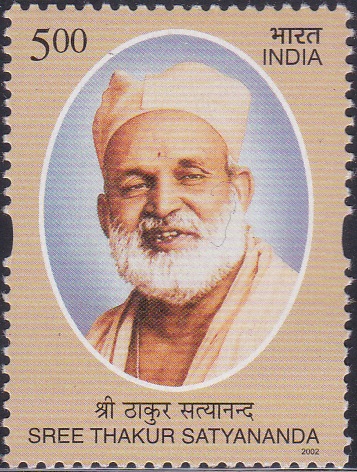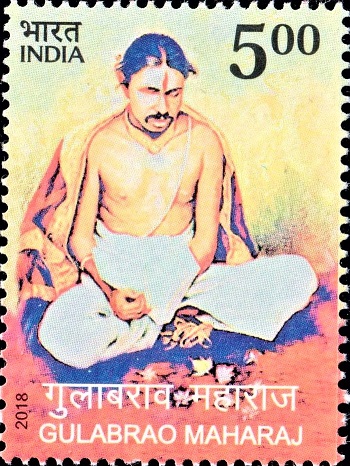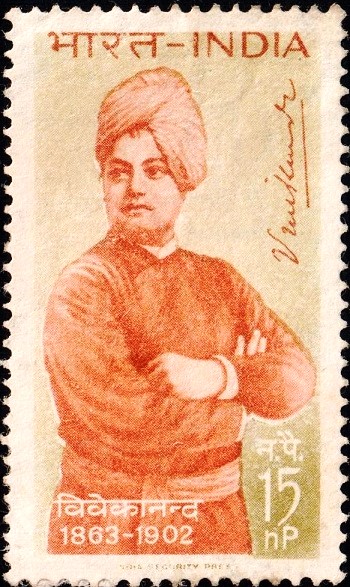
India on Swami Vivekananda 1963
A commemorative postage stamp on the Birth Centenary of Swami Vivekananda, founder of Ramakrishna Math and Ramakrishna Mission :
 Issued by India
Issued by India
Issued on Jan 17, 1963
Issued for : The Posts & Telegraphs Department feels privileged in bringing out a special postage stamp on January 17, 1963 commemorating the birth centenary of this great son of India.
Type : Stamp, Mint condition
Colour : Gold Green & Mineral Red
Denomination : 15 nP.
Size : 4.06 x 2.41 cms.
Perforation : 14½ x 14
Watermark : All over multiple ‘Lion Capital of Asoka’
Number of stamps printed : 2.5 million
Set : 45 stamps per issue sheet
Printing Process : Photogravure
Designed and Printed at : India Security Press, Nasik Road
Name : Narendra Nath Datta
Born on Jan 12, 1863 at Calcutta, Bengal Presidency, British India
Died on Jul 4, 1902 at Belur Math, Bengal Presidency, British India
About :
- “Rooted in the past and full of pride in India’s heritage, Vivekananda was yet modern in his approach to life’s problems, and was a kind of bridge between her past and her present.” – The Discovery of India – Jawaharlal Nehru.
- Swami Vivekananda, whose birth centenary, according to Indian reckoning, falls on January 17, 1963, was a many-sided genius of extra-ordinary vigour and energy which sprang from his abundant spirituality. He was born on January 12, 1863, and passed away on July 4, 1902, when he was nearly 39. The first 19 years of his life were spent at home and at school and college; the next five years at the feet of his guru, Sri Ramakrishna. Later, for six years, he wandered round the country seeking intimate knowledge of his people. The remaining ten years constituted the period of his active ministration. In 1893, he went to America and, after many initial trials and hardships, got himself enrolled as a delegate to the Parliament of Religions through the help of kind and warm-hearted American friends. His very first speech before that august Assembly captured the mind and heart of the vast audience and, in fact, the whole American nation. The American papers proclaimed him as a prophet and seer. The New York Herald wrote: “He is undoubtedly the greatest figure in the Parliament of Religions……” For four years Vivekananda laboured hard in America, and for some time also in England, to spread among the Western people a knowledge of all aspects of Indian life and thought, ancient and modern, and to inspire them with the lofty and universal spirituality of the Vedanta. He established a permanent mission in New York and other centres for the continuance of his work and thus laid the firm foundation of a bridge of understanding between America and India. When back home in January 1897, he received a tumultuous national welcome. He took this opportunity to give his epoch-making message to his people. The lectures which he delivered all over the country, which were later published with the caption “Lectures from Colombo to Almora”, won for him – in the words of Romain Rolland – the following tribute:
- “His words are great music, phrases in the style of Beethoven, stirring rhythms like the march of Handel choruses. I cannot touch these sayings of his, scattered as they are through the pages of books at thirty years’ distance, without receiving a thrill through my body like an electric shock. And what shocks, what transports must have been produced when in burning words they issued from the lips of the hero!”
- Apart from his lectures and writings, another gift of his to India and the world is the Ramakrishna Math and the Ramakrishna Mission. The first is a monastic order consisting, originally, of the young disciples of his Master, Sri Ramakrishna and the second is a philanthropic, cultural and spiritual organisation of monks and laymen. Both are dedicated to the realization of spirituality through the service of man, irrespective of caste, creed, race and sect, under the inspiring motto coined by Vivekananda: ATMANO MOKSĀRTHAM JAGADDHITYĀ CHA – ‘For the freedom of the Self and welfare of the World’.


